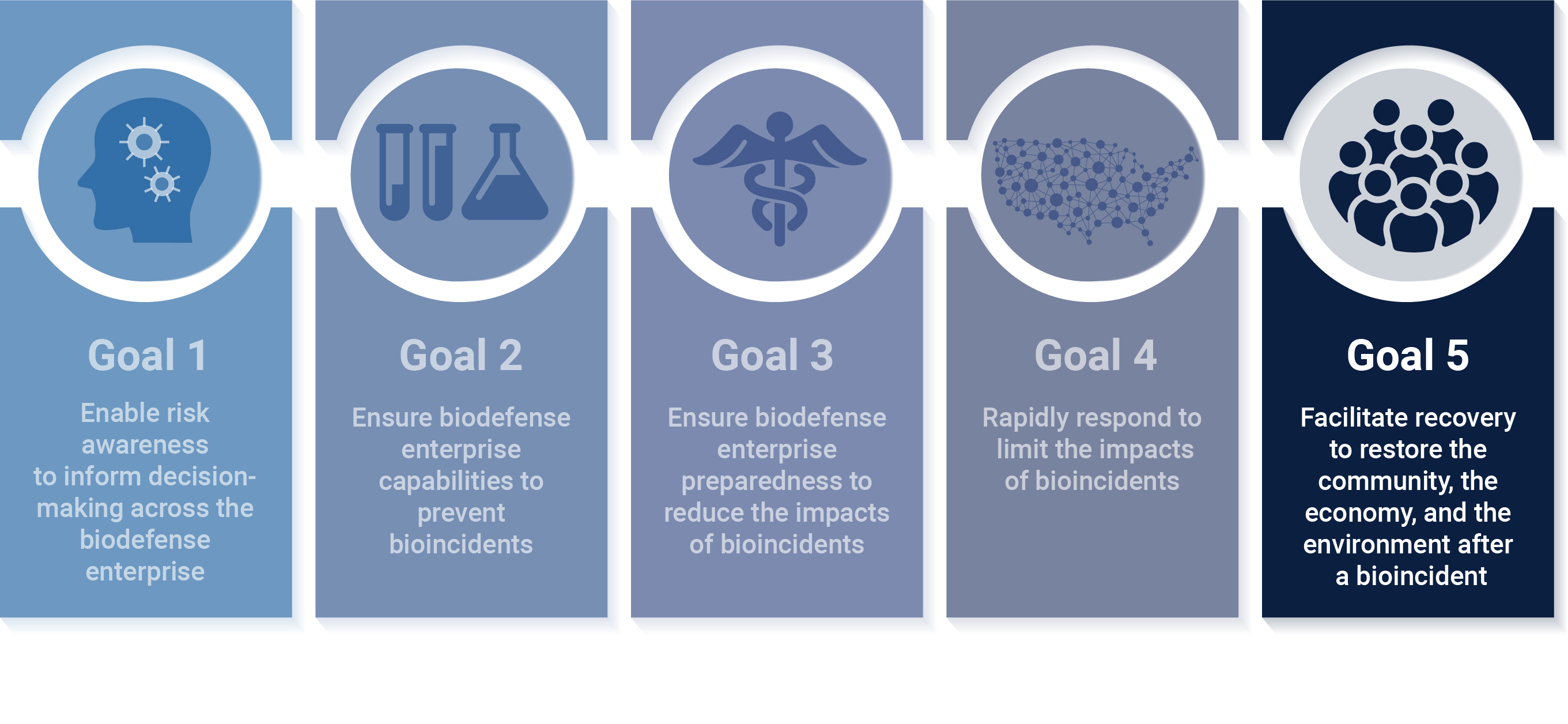
Goal 5: Central Veterinary Laboratories (CVLs) Diagnostic Capability Restoration in West Africa
In 2018, USAID funded the United Nations Food and Agriculture Organization (FAO) to renovate the CVLs in Sierra Leone, Liberia, and Guinea. These laboratories provide animal diagnostic services and had been abandoned due to in-country unrest and economic decline. In collaboration with their Ministries of Agriculture, USAID and FAO refurbished the facilities to ensure animal disease testing could be conducted securely and effectively. Skills acquired through USAID-provided trainings for the staff of these laboratories enable them to detect and respond to zoonotic disease threats (diseases that are transmitted from animals to humans).
As these CVLs serve as the government’s only diagnostic veterinary laboratories in-country, they are essential to reviving the animal health sector and to protecting people from zoonotic diseases. These CVLs will diagnose diseases such as rabies, anthrax, avian influenzas, and brucellosis, which all have the potential to not only cause illness in humans but also greatly impact the economy through the loss of infected livestock. This international capacity-building activity will increase partner countries’ capabilities for timely detection and diagnosis of dangerous pathogens, which in turn will lessen the chances of these dangerous pathogens entering U.S. borders.
Goal 5: Bioincident Recovery Stakeholder Engagement and Guidance Development
Coordinating recovery support and long-term mitigation activities across all levels of government—as well as international, nongovernmental, and private sector partners— drives effective and efficient recovery operations and promotes resilience within communities affected by disasters. To that end, during FY 2019, ASPR hosted a national recovery summit and a series of workshops across the country with the focus on postbioincident recovery. ASPR’s Division of Recovery used information gathered during the summit and the workshops, along with available publications, to develop national bioincident recovery guidance to advance national, state, and community-based planning for recovery from bioincidents.
To improve bioincident recovery, stakeholder engagement workshops focused on the following primary areas:
- Coordination with emergency management;
- Healthcare delivery system impacts;
- State and local public health recovery challenges;
- Support for vulnerable populations;
- Legal considerations;
- Tribal and rural perspectives;
- Inclusion of other disciplines, partners, and core missions (environmental, behavioral health, and social services);
- Risk communications;
- Reconstitution of healthcare workforce; and
- Value of expert networks in recovery.
The national summit, hosted on October 26, 2018, framed national-level issues and engaged stakeholders from all levels of government and partners outside of the government. The stakeholders identified two primary challenges to recovering from a bioincident: the lack of an intergovernmental standardized framework or organizing structure for bioincident recovery and the difficulty in prioritizing recovery resources to target the greatest areas of impact and need due to the complexity of bioincidents. The national summit also identified two best practices for bioincident recovery: ensuring inclusiveness of a broad array of stakeholders from across the community, and developing guidance for local decision makers, particularly for institutions that will play a major role following a bioincident, to improve coordination during recovery. The national summit also provided a framework for the design of five regional workshops on bioincident recovery.
By engaging more than 200 stakeholders on recovery best practices, needs, considerations, and lessons learned, the regional workshops demonstrated successful collaboration with SLTT public health professionals, non-government partners, and other entities in the private sector.
<< Previous ---------
Top of Page ---------
Next >>

